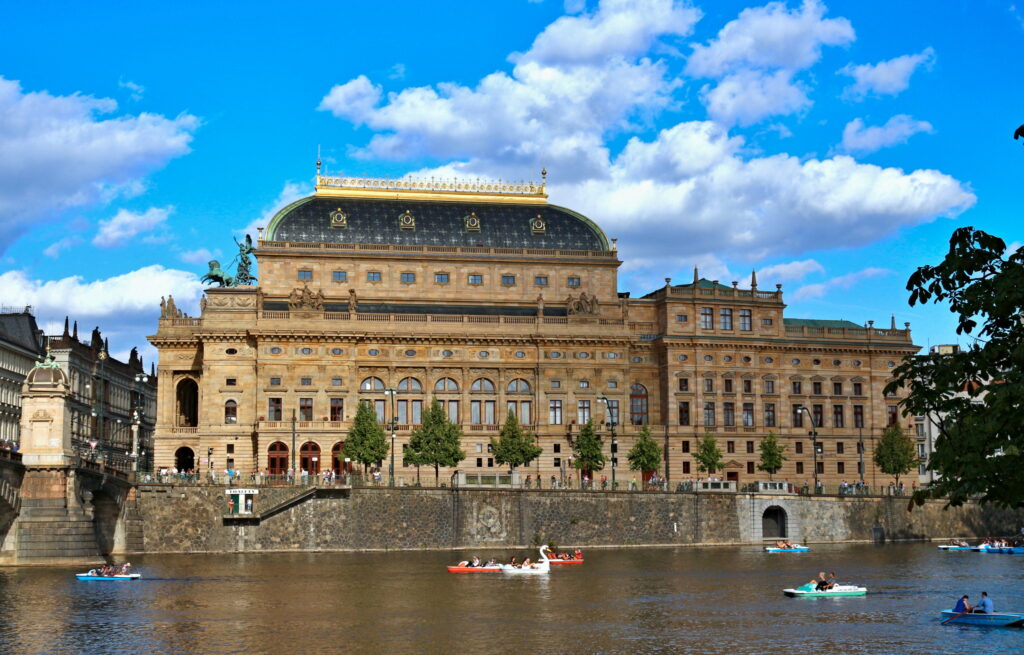 Explore Enchanting Cities, Rich History, and Breathtaking Landscapes in Eastern Europe’s Top Destinations from Prague to Istanbul and Beyond
Explore Enchanting Cities, Rich History, and Breathtaking Landscapes in Eastern Europe’s Top Destinations from Prague to Istanbul and Beyond
Eastern Europe beckons with a tapestry of rich history, vibrant culture, and captivating landscapes. From the fairytale spires of Prague to the sun-drenched shores of Dubrovnik, this region offers a treasure trove of travel hotspots waiting to be explored.
Whether you’re drawn to the medieval charm of cobblestone streets or yearn to immerse yourself in the dynamic pulse of contemporary cities, Eastern Europe’s diverse destinations have something extraordinary to offer.
Here are some of the top Eastern European travel hotspots and why they are awesome:
- Prague, Czech Republic: Known as “The City of a Hundred Spires,” Prague is famous for its stunning architecture, including the Prague Castle, Charles Bridge, and Old Town Square. The city’s rich history, vibrant arts scene, and affordable prices make it a top choice for travelers.
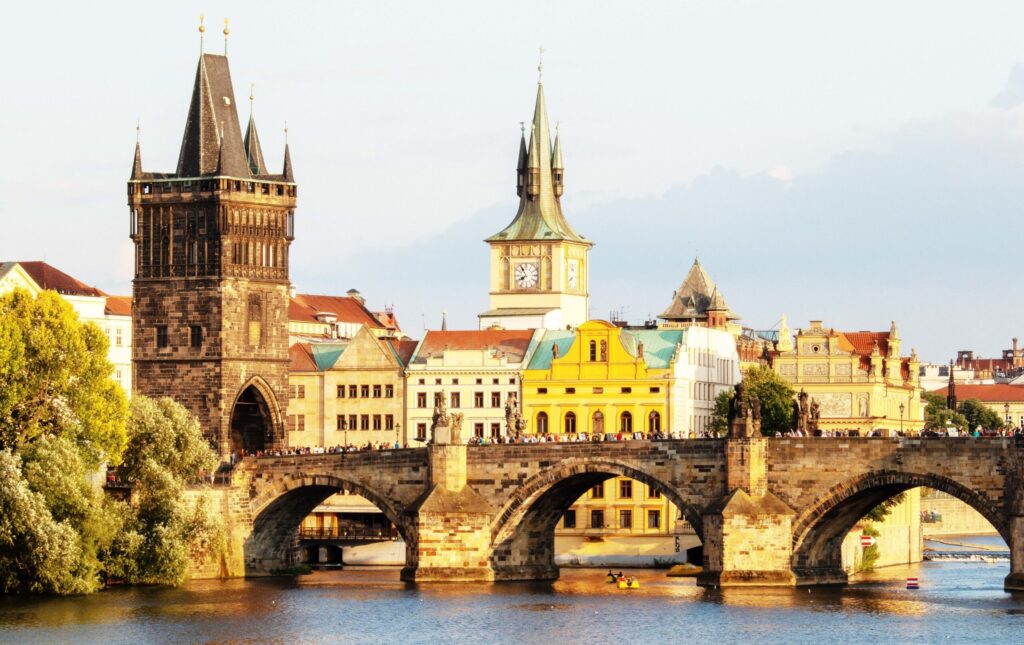
- Budapest, Hungary: Budapest, divided by the Danube River, offers thermal baths, historic sites like Buda Castle, and a lively nightlife. The city’s grandeur, with its neo-Gothic and Art Nouveau architecture, is breathtaking.
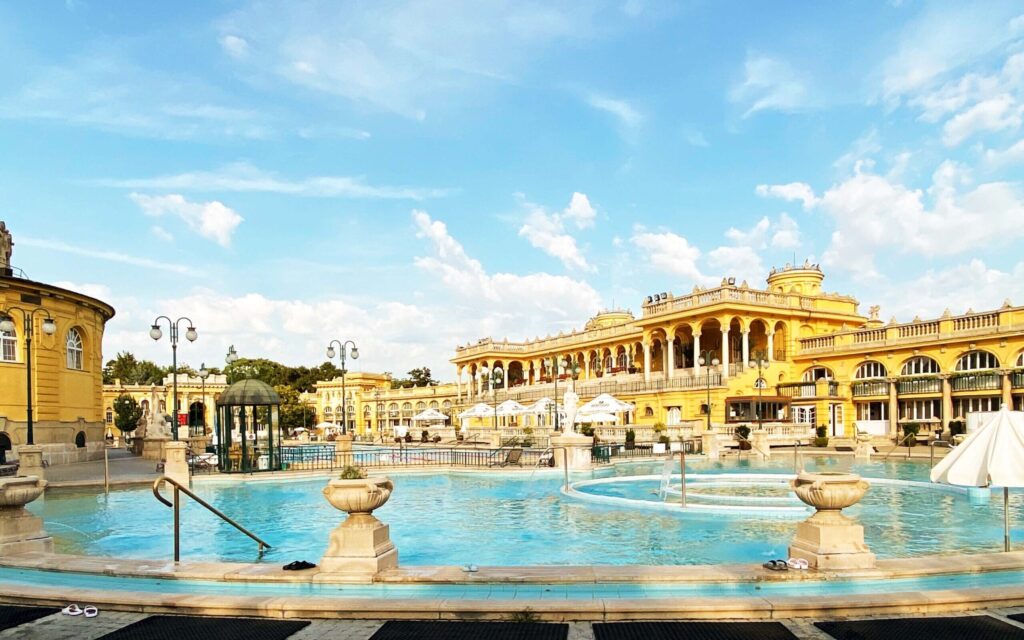
- Krakow, Poland: Krakow is a city steeped in history, with a beautifully preserved Old Town, a UNESCO World Heritage site. It’s also the gateway to Auschwitz and the Wieliczka Salt Mine, both significant historical sites.
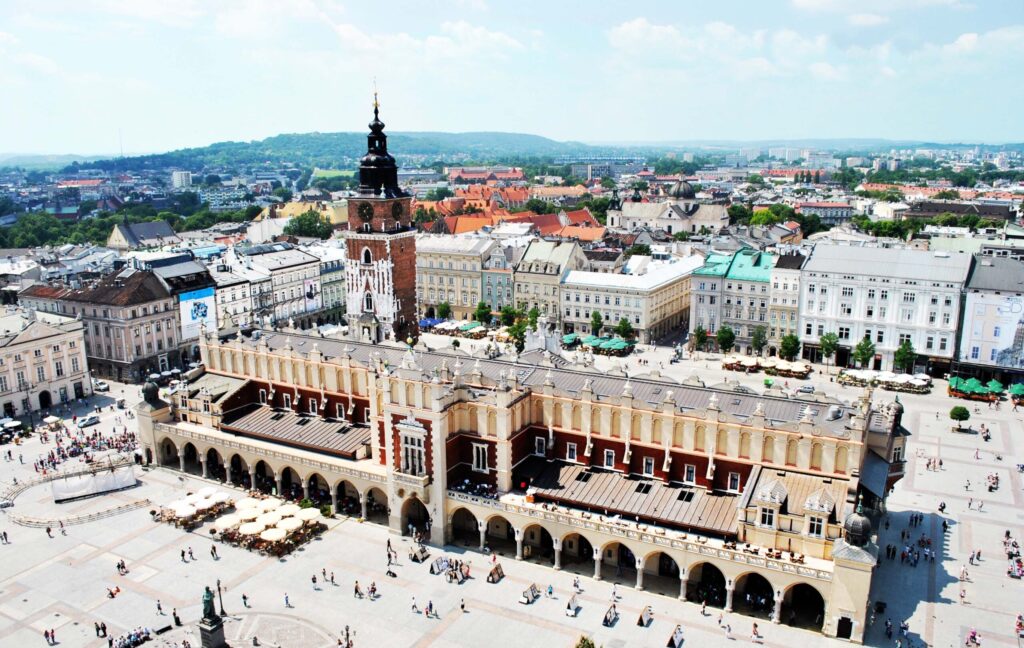
- Dubrovnik, Croatia: Known as the “Pearl of the Adriatic,” Dubrovnik boasts stunning medieval walls, historic buildings, and crystal-clear waters. It’s a must-visit for history buffs and Game of Thrones fans.
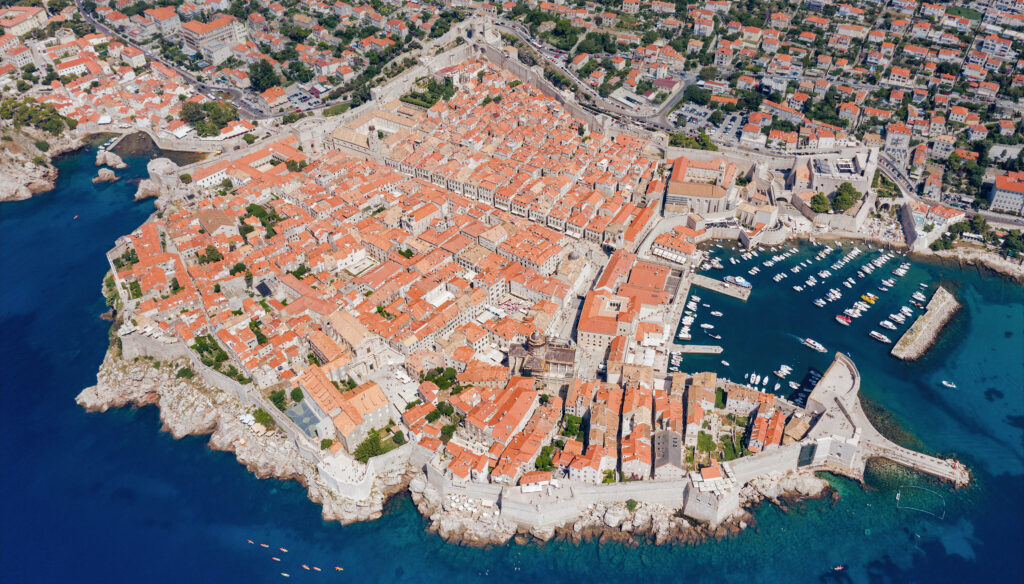
- Bucharest, Romania: Romania’s capital offers a mix of historical architecture, such as the Palace of the Parliament and a thriving arts scene. The city’s parks and gardens provide a nice contrast to its urban buzz.
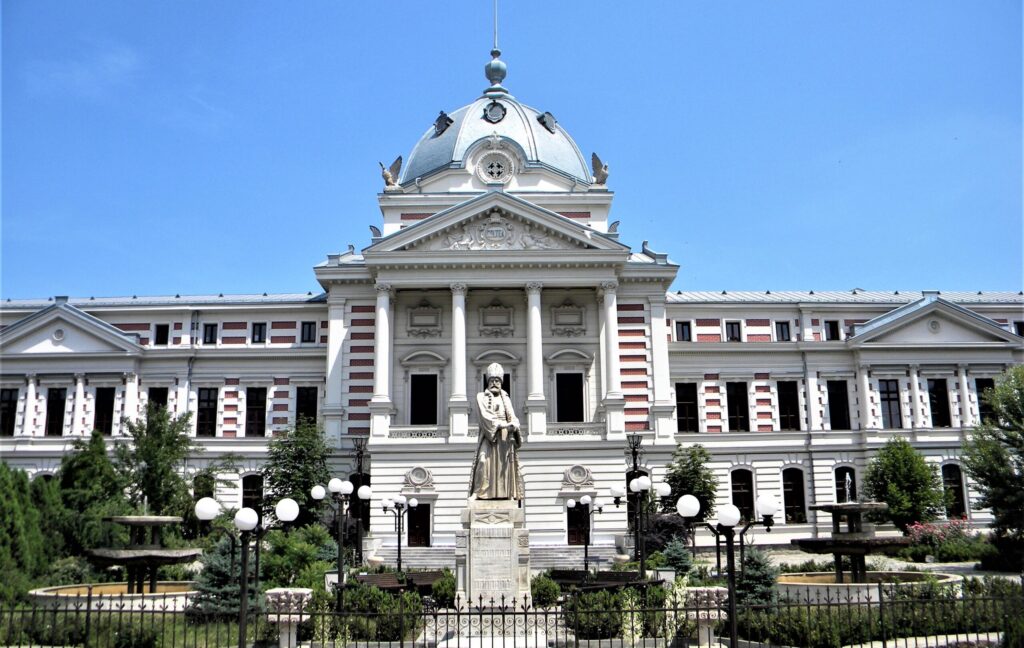
- Istanbul, Turkey: Although mostly in Asia, a part of Istanbul is in Europe, a bridge between two continents. The city’s history, marked by the Hagia Sophia, Blue Mosque, and Grand Bazaar, is captivating.

- Sofia, Bulgaria: Sofia is one of Europe’s oldest capitals, with a rich history dating back to Roman times. Visitors can explore historical sites like the Alexander Nevsky Cathedral and the Rila Monastery, a UNESCO World Heritage site.

- Riga, Latvia: Riga’s Old Town is a UNESCO World Heritage site filled with medieval architecture and cobblestone streets. The city’s vibrant arts scene, including its Art Nouveau district, is a delight.
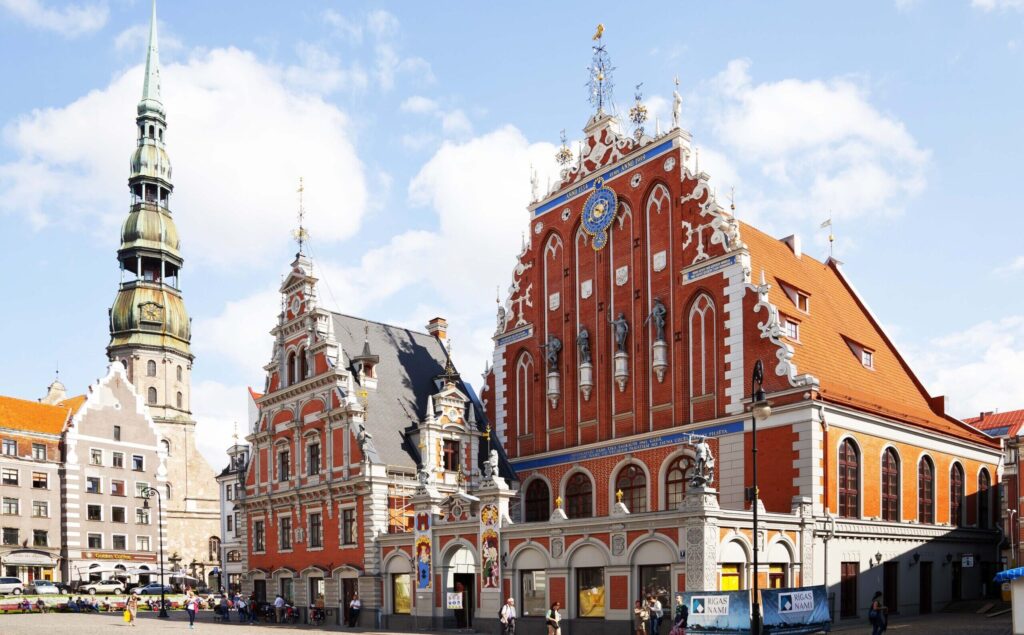
- Tallinn, Estonia: The medieval Old Town of Tallinn is exceptionally well-preserved and is like stepping back in time. Estonia’s capital is also known for its tech-savvy culture.

- Transylvania, Romania: Famous for its stunning landscapes, Transylvania is also home to the legendary Dracula’s Castle (Bran Castle). The region’s picturesque villages and natural beauty are captivating.
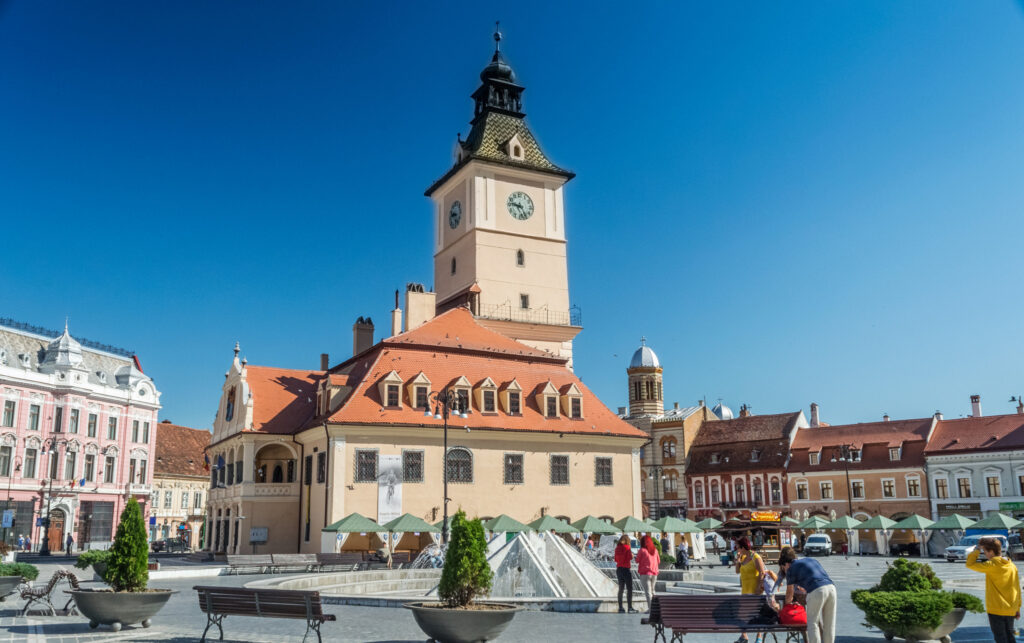
- Ljubljana, Slovenia: Ljubljana is a charming and compact city known for its beautiful architecture, scenic riverbanks, and vibrant outdoor cafes. It’s a perfect base for exploring Slovenia’s stunning natural attractions, including Lake Bled and Triglav National Park.

Did you know?
Eastern Europe is home to some of the world’s most impressive cave systems. The Krubera Cave, located in the Arabika Massif of the Western Caucasus in Abkhazia, is the deepest known cave on Earth.
It has been explored to a depth of over 2,197 meters (7,208 feet), making it the deepest cave in the world. The cave’s complex network of passages and chambers continues to be a subject of exploration and study by cavers and scientists worldwide.
Exploring these caves requires specialized equipment and extensive training due to their challenging and hazardous conditions, including extreme depths, tight passages, and cold temperatures.
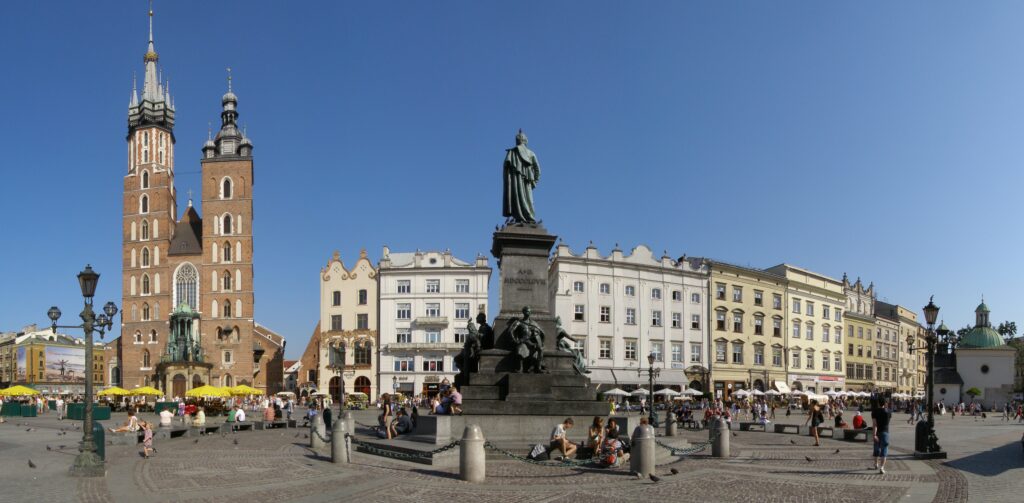 A little history:
A little history:
Eastern Europe has a complex and diverse history that many civilizations, conflicts, and political shifts have shaped. The region’s history dates back to when various tribes and early Slavic groups inhabited it.
In the Middle Ages, Eastern Europe saw the rise of powerful states such as the Kievan Rus, the Polish-Lithuanian Commonwealth, and the Ottoman Empire, which left enduring cultural and historical legacies. The Mongol invasions, the spread of Christianity, and the development of feudalism also marked the region.
During the modern era, Eastern Europe became a battleground for major European powers, including the Habsburg Monarchy, the Russian Empire, and the Ottoman Empire. The Treaty of Westphalia in 1648 and the subsequent Treaty of Karlowitz in 1699 helped redraw the map of Eastern Europe, solidifying the dominance of these empires and leading to centuries of geopolitical rivalry.
 The 19th and 20th centuries brought significant changes, including the decline of empires, the emergence of national movements, and the upheaval of both World War I and World War II.
The 19th and 20th centuries brought significant changes, including the decline of empires, the emergence of national movements, and the upheaval of both World War I and World War II.
The aftermath of these conflicts saw the establishment of new nation-states, changes in borders, and the imposition of communist regimes in many Eastern European countries under the influence of the Soviet Union.
The Cold War divided the region into Eastern Bloc countries under communist control and those in the Western Bloc, leading to tensions and conflicts like the Berlin Wall and the Cuban Missile Crisis.
The late 20th century witnessed the collapse of communism across Eastern Europe, marked by events such as the fall of the Berlin Wall in 1989 and the Velvet Revolution in Czechoslovakia. This era of change culminated in the dissolution of the Soviet Union in 1991, leading to the independence of many Eastern European nations.


